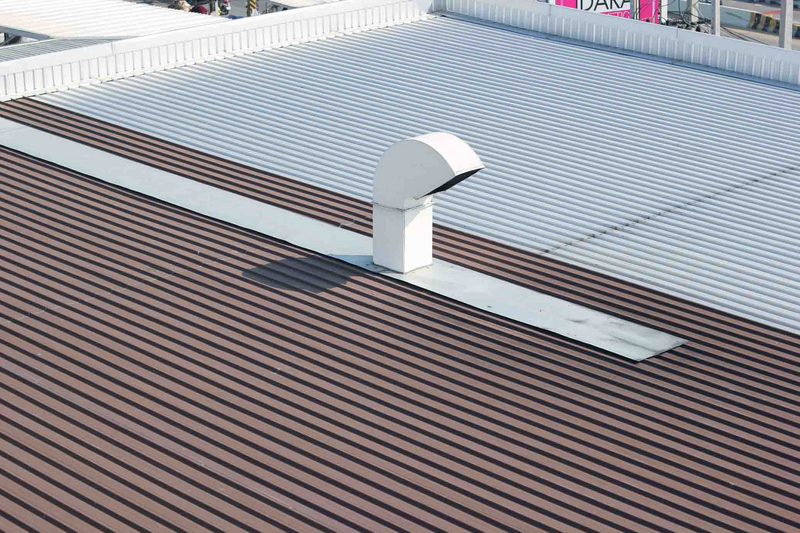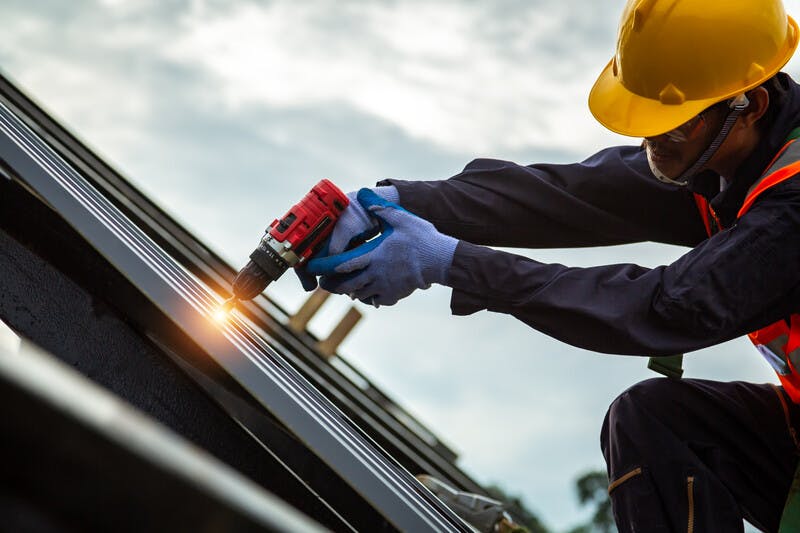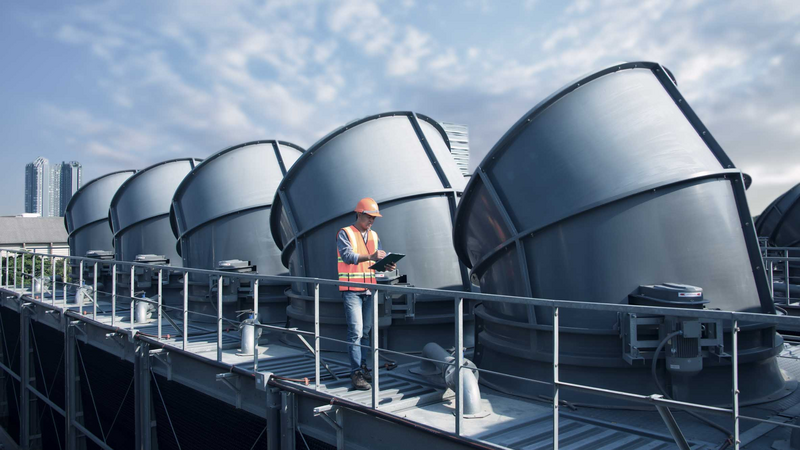It’s a Thursday morning, the newsroom is bustling as the daily news rolls in. There was no time to report those brown spots on the ceiling tile to Maintenance. Besides, they were above Martha’s desk, who was out on sick leave since Monday, anyways. You had to finish your story before the morning news and then it slipped your mind.
Fast forward to Friday afternoon. Finally, a chance to respond to some emails and wind down. Then suddenly, Crash!! The ceiling tile you forgot to report to Maintenance is now Martha’s latest desk decoration and brown water begins dripping down on top of it all — wreaking havoc on your workspace and making extra work for the cleaning team.
Proper asset management is integral to a high-quality integrated facilities management solution. A facility’s roof is one of the most important assets in any commercial building, and proper maintenance is critical to ensuring that the property stays watertight and protected from the elements. Water penetration can cause serious structural and cosmetic damage if left unrepaired — putting facility users and business continuity at risk.
That’s why fixing leaks immediately — or better yet, ensuring they never occur — prevents unnecessary repairs and facility downtime. To make sure a roof stays in good condition, regular inspections for potential leaks will keep you informed and in control.
Allowing leaks to go unrepaired and ignoring annual roof inspection reminders can cost more in the long run. Poorly maintained roofing systems can easily result in significant cost and operational impacts that go far beyond the cost for proper maintenance. According to the Roof Coatings Manufacturers Association, hypothetically, a 25-year roof that has not seen proper maintenance could end up costing an additional $200,000 in repair costs.
Most roofs not only protect the inside of a building, but support important equipment and assets like air handlers, air conditioning units, heating components, ventilation, and other infrastructure. These functional pieces of equipment are just as important to business operations as a dry and safe facility. They must be serviced regularly, which means a building’s roof is not only a functional facility asset, but a trafficked area to maintain. Keeping a building’s roof clean and free from debris and hazards is an important part of any facility’s safety program.


